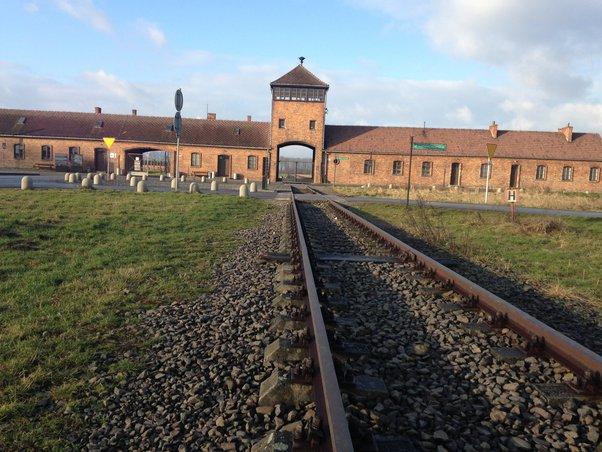A Comprehensive Guide to Auschwitz Tours: What to Expect and How to Prepare

Auschwitz tours, located in Poland, was the site of one of the most notorious concentration and extermination camps during the Holocaust. Visiting Auschwitz is a solemn and educational experience, providing insight into the history of World War II and the Holocaust. This guide will help you understand what to expect when taking an Auschwitz tour and how to prepare for your visit.
1. Booking Your Tour:
- Online Reservations: It's highly recommended to book your tour in advance, as Auschwitz receives a large number of visitors. You can make reservations through the official Auschwitz Museum website.
2. Tour Options:
- Auschwitz I and Auschwitz II-Birkenau: There are two main parts to the Auschwitz Memorial: Auschwitz I and Auschwitz II-Birkenau. Most tours will take you to both sites.
- Guided or Self-Guided: You can choose between guided tours led by experienced educators or explore the site on your own. A guided tour can provide valuable context and information.
3. Transportation:
- Auschwitz is located in the town of Oświęcim, about 43 miles west of Krakow, Poland. You can reach it by car, train, or bus from Krakow.
4. Dress Code:
- Dress respectfully. Wear comfortable clothing and sturdy shoes, as you will be walking a lot. Keep in mind that Auschwitz is a solemn place, and dressing appropriately is a sign of respect.
5. Security Regulations:
- There are security checks at the entrance. Backpacks and large bags are generally not allowed inside. Be prepared for this and leave your bags in storage facilities if needed.
6. Photography and Filming:
- Photography and filming are allowed, but it's important to do so respectfully. Follow the museum's guidelines, which include not taking photos of certain exhibits or people without permission.
7. Respectful Behavior:
- Maintain a solemn and respectful demeanor during your visit. Remember that you are in a place with a tragic history.
8. Personal Reflection:
- Take the time to reflect on what you see and learn. Auschwitz is a place of deep historical significance and visiting can be emotionally challenging.
9. Museum Exhibits:
- The Auschwitz Museum exhibits are powerful and somber. They include photographs, documents, and personal items from those who perished. Prepare yourself for the emotional impact of these displays.
10. Duration:
- A visit to Auschwitz usually takes several hours, depending on whether you choose to do both Auschwitz I and Auschwitz II-Birkenau. Plan for a full day if you intend to see both sites.
11. Local Guide and Information:
- Take advantage of the local guides and educators who can provide valuable context and insight into the history of the camp.
12. Gift Shop and Café:
- Auschwitz has a gift shop and a café for visitors. Purchasing items from the shop supports the museum's work.
13. Language:
- The official language at Auschwitz is Polish, but tours are often available in various languages, including English.
14. Emotional Support:
- Visiting Auschwitz can be emotionally overwhelming. Consider having emotional support available or seeking counseling if needed.
15. Follow Museum Rules:
- It's essential to follow all museum rules and guidelines. These rules are in place to maintain the solemnity and respect that this place deserves.
A visit to Auschwitz can be a deeply moving and educational experience. Remember to approach it with the respect and sensitivity it deserves, and be prepared for the emotional impact of learning about the tragic history of the Holocaust.
- Art
- Causes
- Crafts
- Dance
- Drinks
- Film
- Fitness
- Food
- Oyunlar
- Gardening
- Health
- Home
- Literature
- Music
- Networking
- Other
- Party
- Religion
- Shopping
- Sports
- Theater
- Wellness
- IT, Cloud, Software and Technology


